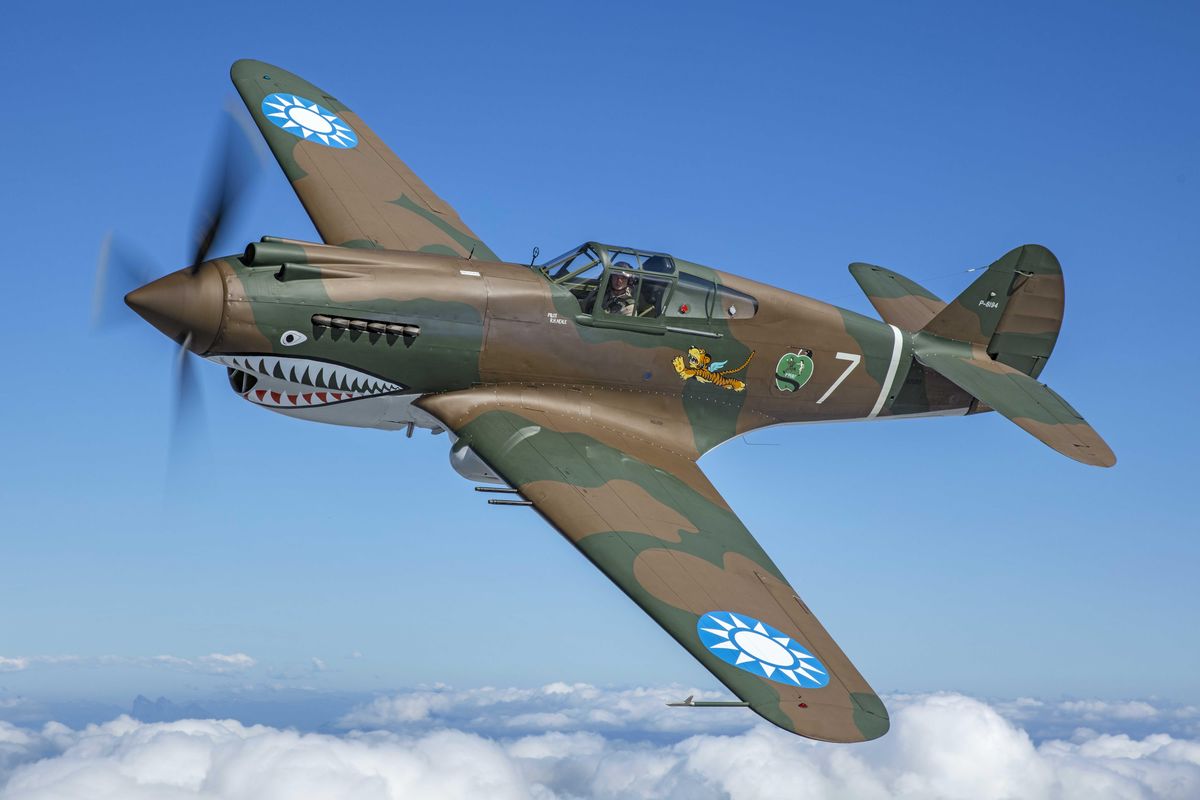Museum puts recollections of Pearl Harbor, other battles online

With the help of a software billionaire, an Everett museum is preserving both the memories of World War II veterans and the planes and tanks they fought in.
On Wednesday’s 75th anniversary of the attack on Pearl Harbor, the Flying Heritage Collection at Paine Field will debut “Chronicles in Courage,” an online collection of video interviews with former combatants in that battle and the rest of the war, as well as later conflicts.
Cory Graff, the museum’s military aviation curator, said the interviews have been collected for more than a decade at veterans gatherings and offer stories that can’t be replicated as the World War II generation vanishes.
“There’s quite a few who, over the decades, have passed away,” Graff said. “They’re from all over the country, and all over the world.”
The interviews, some as long as two hours, include both American soldiers and sailors who defended Pearl Harbor and Japanese pilots who were part of the attack.
Staff from the Heritage Collection and Vulcan Productions have attended veterans gatherings all over the world, including several Pearl Harbor anniversary memorials, to collect recollections. They have interviews with Russian, German and British veterans as well.
After more than a decade of collecting interviews, people were asking “What are you going to do with those?” Graff said. The answer is the Chronicles web portal, which currently has more than 340 interviews, with the transcripts indexed so a viewer can do a keyword search by a battle, a name or a location.
The interviews provide faces and voices to the museum’s collection of vintage airplanes and vehicles that have been purchased and restored by Microsoft co-founder Paul Allen. Some planes were purchased from private collections, others are found in the wreckage of battlefields. All are being restored to their configuration when put into service.
Museum staff comb the National Archives for blueprints to return the planes to flying condition. Sometimes they find needed parts stored in a warehouse, sometimes they have to make them from the original specifications. The Federal Aviation Administration has to inspect the planes regularly to make sure they are airworthy.
The rotating “stock” of flying planes includes a Japanese Zero, found on a South Pacific island, and a P-40C, the American fighter that would have been stationed at Pearl Harbor on the day of the attack.
Graff compared the museum’s planes to life-size, working versions of a teen’s collection of models, with shiny paint and official insignia. There are about 90 aircraft spanning the time from World War II through Vietnam, with about 25 on public display along with a collection of cannons, tanks and other military vehicles.
The museum is continuing to collect the memories of World War II participants as well as veterans of other conflicts, he said, and add them to the online archives: “We’d love to keep it going.”